You might have heard of “German equatorial mounts” before. And, maybe you’ve even seen various misleading (or mistranslated) marketing claims like “German technology” or that an equatorial mount is in some kind of a superior mount.
But the reality is that unless you are trying to do long-exposure astrophotography, there is nothing inherently better about an equatorial mount or the German equatorial design specifically.
I’ve mostly observed that the complex appearance and the tantalizing idea of doing astrophotography by bolting on a motor drive (often an expensive aftermarket investment in the case of some mounts) are alluring to those who want to feel their telescope is either “advanced,” high-quality, or capable of doing tasks such as astrophotography or even scientific research. Needless to say, that’s not quite how it goes.
Common Issues with Cheap Equatorial Mounts
Many cheap equatorial mounts are machined to poor tolerances, which results in a lot of backlash—a slight “play” in the gears—when we try to adjust the telescope’s position in the sky using the mount’s slow-motion cables.
Cheap equatorial mounts may also have stability issues caused by other design flaws, such as a mount’s wobbling declination axis or its too-small tripod.
Almost all of the smaller, low-cost equatorial mounts also lack a polar finder scope (or even a spot for one). This means we can’t precisely polar align the mount well enough for any astrophotography needs since the tracking will be too inaccurate.
In any case, long-exposure astrophotography with a telescope typically requires a fully computerized (GoTo) equatorial mount that can also be plugged into a computer and an auxiliary autoguider, which helps make real-time compensations for any computerized tracking errors.
A Simple Fix: Choose an Alt-Azimuth Mount Instead
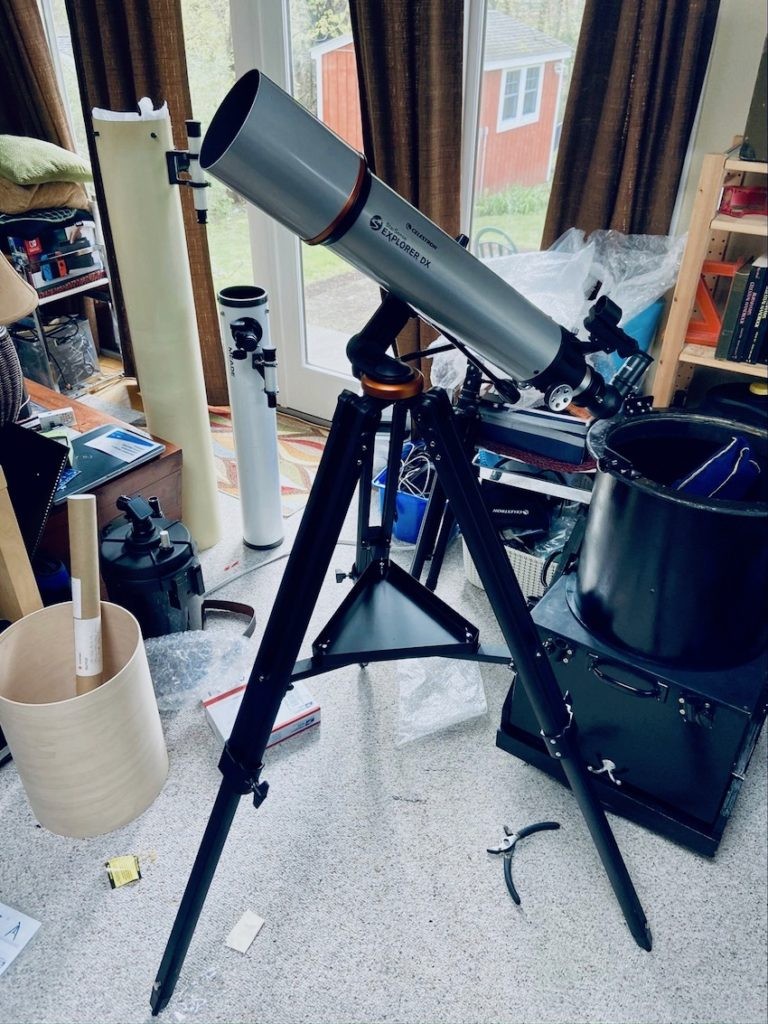
The vast majority of well-designed telescopes that are used by both amateur and professional astronomers today are on simple alt-azimuth mounts that pivot up and down, left-to-right like a cannon or a camera tripod.
Due to advancements in camera and software technology, alt-azimuth mounts are gradually taking over even amateur deep-sky astrophotography, the sole domain where an equatorial mount does still make sense.
RELATED: Alt-Azimuth Mount vs. Equatorial Mount: An Advanced Comparison
Alt-azimuth mounts are inherently steadier and easier to build than a spindly equatorial mount, whose counterweight and payload both sitting far away from the center of rotation. However, most of the alt-azimuth mountings sold with lower-priced telescopes tend to be wobbly or hard to adjust too.
For this reason, most amateur astronomers, including myself, typically recommend and use Dobsonian telescopes, which are Newtonian-reflecting telescopes that pivot on cylindrical bearings atop a wooden base.
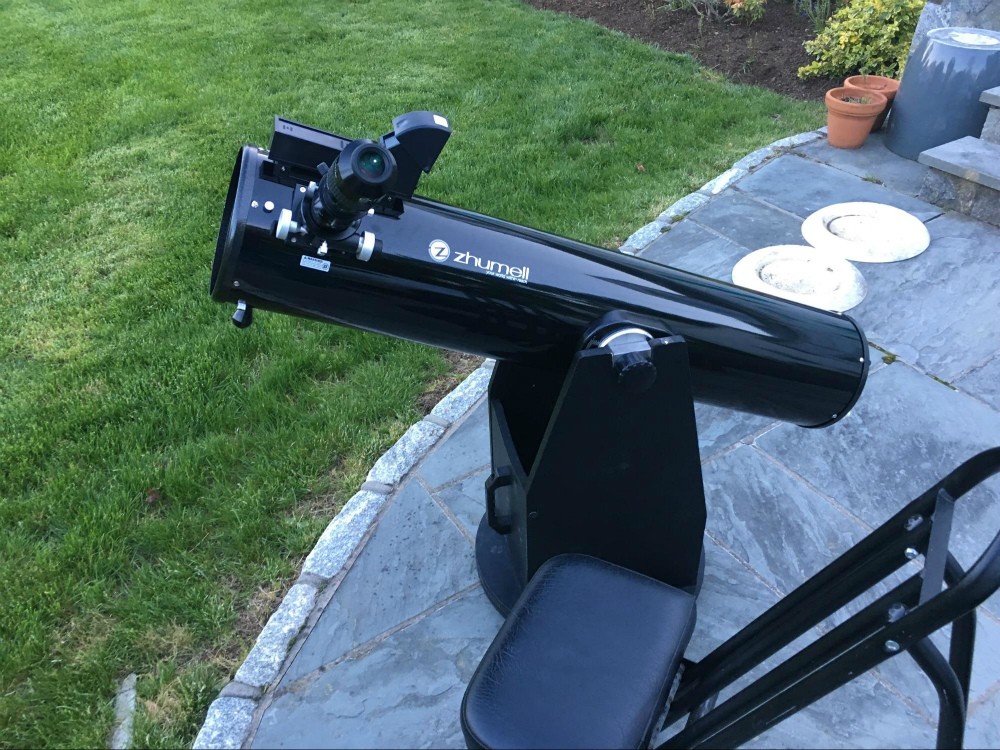
Miniature tabletop Dobsonians can be carried around one-handed and fit in a backpack if need be; these dominate our recommendations for beginners on a budget. No tripod is involved with most of these telescopes. They sit directly on the ground, or the smaller ones can be elevated with a steady raised surface like a crate, stool, or chair.
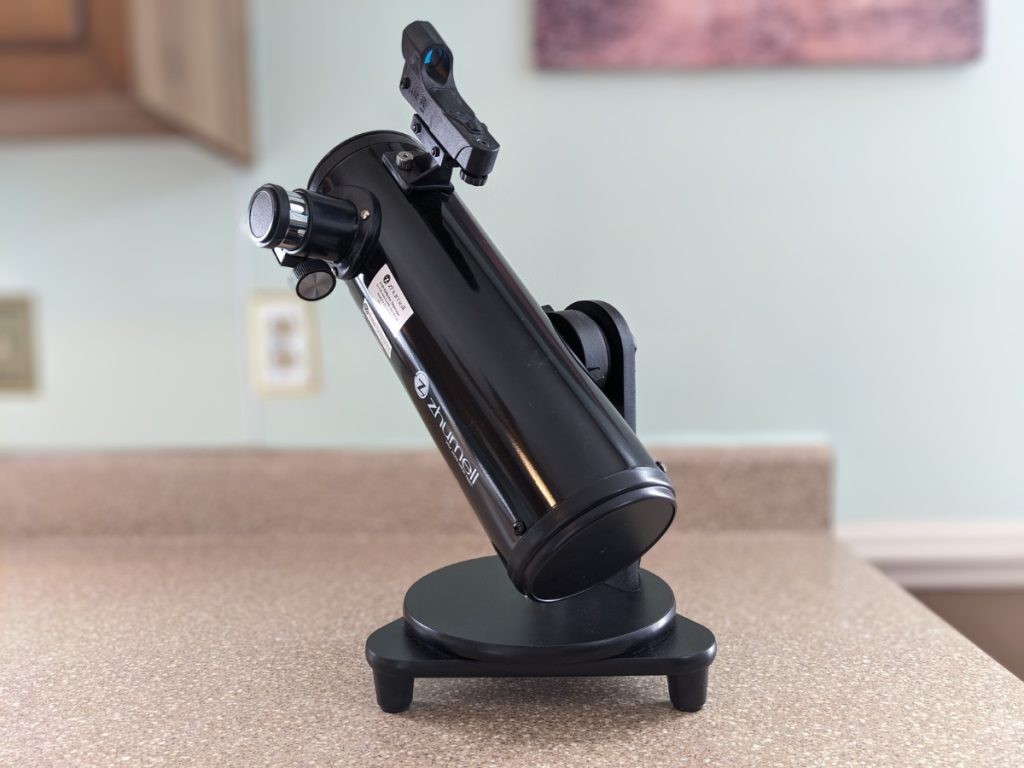
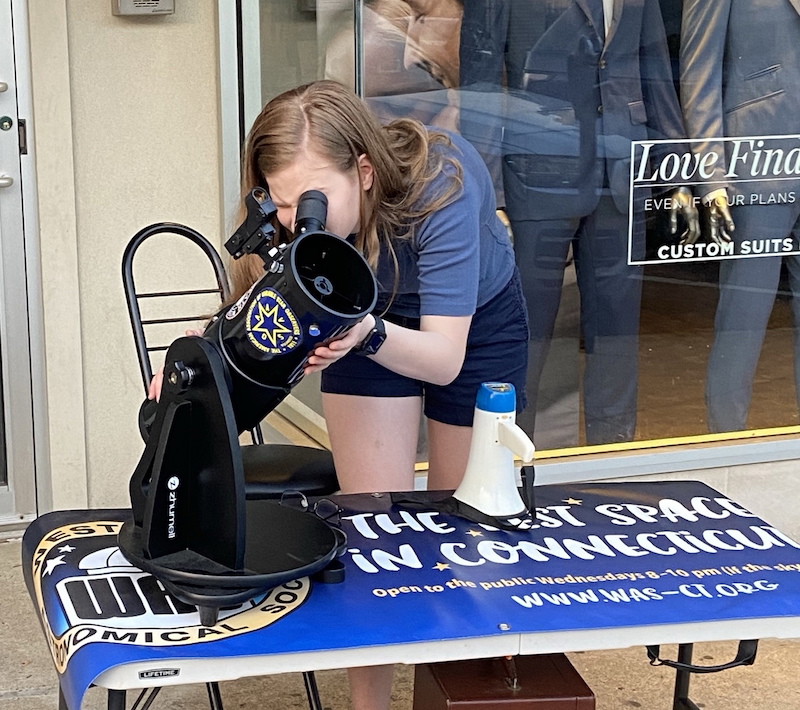
We’re not quite at the point where you can kiss German equatorial mounts goodbye, though.
Equatorial mounts are still the best option for the vast majority of astrophotography setups. And in the vast majority of cases, if your aim is to do long-exposure astrophotography from the start, you’ll need to buy your mount, telescope (OTA), and other items separately from each other—not as any sort of package of items from a single manufacturer.
Our mount and OTA rankings have a range of options for you.
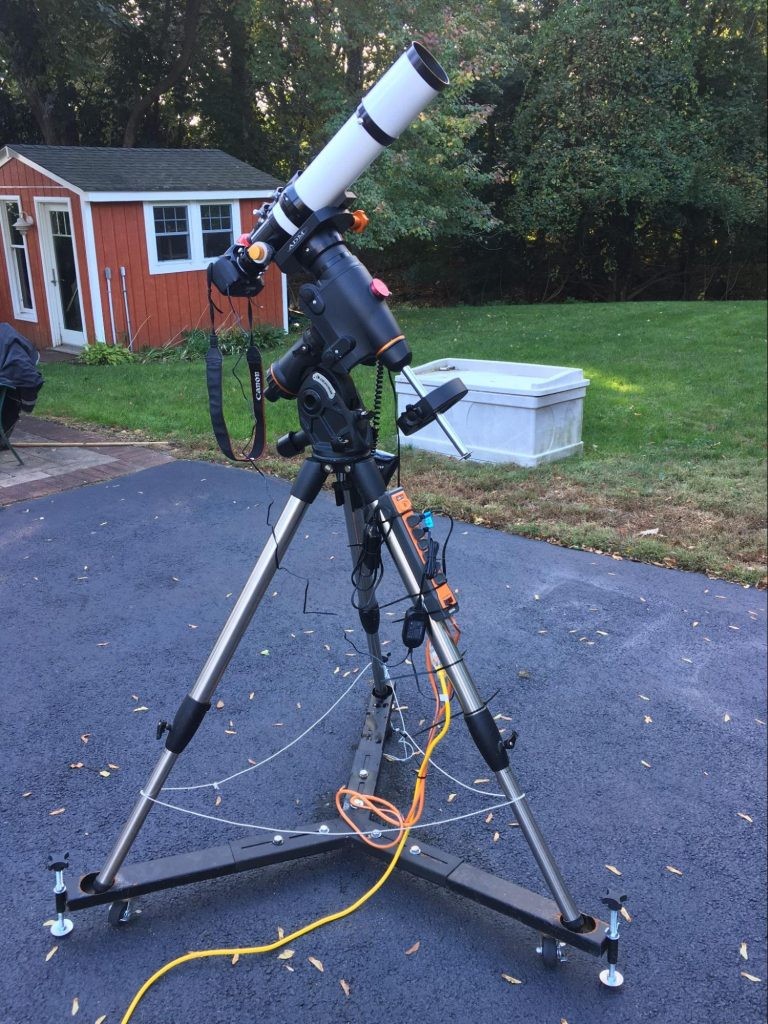
But What If I Want Tracking?
For one thing, I ask in return: do you really need it?
A telescope with reasonably good slow motion cables for the sky position adjustment, or one with a smooth Dobsonian mounting, can be hand tracked even at the highest magnification powers. As a result, you will be using the automated tracking a lot less than you think.
Most of the time, I use telescopes at magnifications less than 300x. In addition, atmospheric turbulence often limits me to quite a bit less than 300x, even on bright targets. For the same reason, even with some of the 14-16” Dobsonians I’ve built, I usually don’t want to use more than 150x. And, when I’m looking at deep sky objects (galaxies, nebulae, star clusters, etc.), I usually operate fairly close to the telescope’s lowest useful magnification anyway.
At the seldom-used magnification of 500x, with a typical wide-angle eyepiece of decent quality, it still takes an entire 30 seconds for an object to cross the field of view. It takes over a minute for an object to cross the field of view at 300x with even a low-end eyepiece such as a Plossl or goldline. A well-corrected UWA or XWA type eyepiece even doubles the amount of time.
Back in the days of lower-quality telescopes and eyepieces, the more narrow angle of the view meant that it took only 10-15 seconds for an object to cross the field of view. This is why prior generations of astronomers prioritized equatorial mounts and tracking. But 30 seconds at 500x is quite a bit of time, more than enough to make a small adjustment as the target approaches the edge of the field of view.
At lower powers, the situation is a lot better. With even the most basic eyepieces at lower magnifications, I only have to nudge a manual telescope to compensate for the Earth’s rotation once every few minutes—does that sound so bad to you?
If I’m observing the Orion Nebula with a telescope at 100x and decide to go away for a cup of coffee, in the worst case, I might have to nudge the telescope along a little bit to get back on track upon my return. With a very wide-angle eyepiece like a Tele-Vue Ethos, or at a lower magnification than 100x, the target will probably still be there in the eyepiece when I get back.
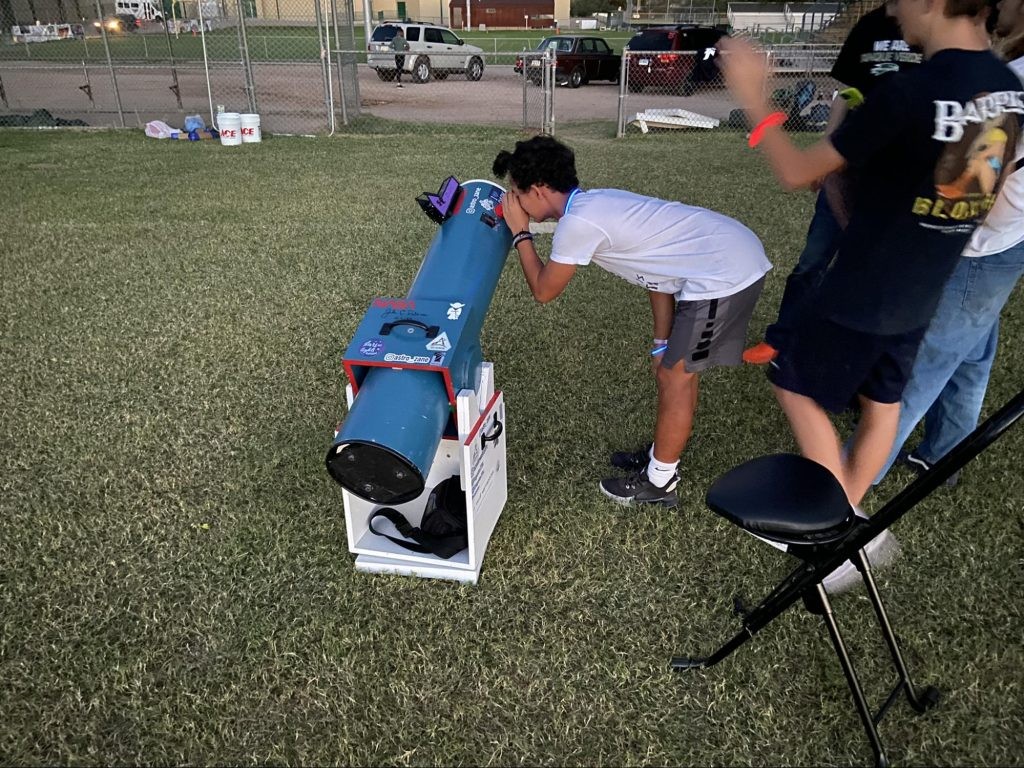
If you’re still skeptical, I should let you know that I regularly do astronomy outreach with my Dobsonians that usually have no tracking of their own, and when viewing the planets, I operate at magnifications of 100–200x. It’s not a problem to step in every few peeks to make an adjustment, nor is it a problem when someone bumps the telescope (getting back on target with a Telrad takes a few seconds). In some cases, people can even figure out how to re-center the target on their own and make manual tracking adjustments for the next person.
There are also ways to achieve motorized tracking without an equatorial mount. The most prominent of these is fully motorized pointing and tracking or “GoTo.” Besides GoTo, you can also make or buy an equatorial platform for your Dobsonian to provide hassle-free tracking with little difference to how you operate the telescope.

